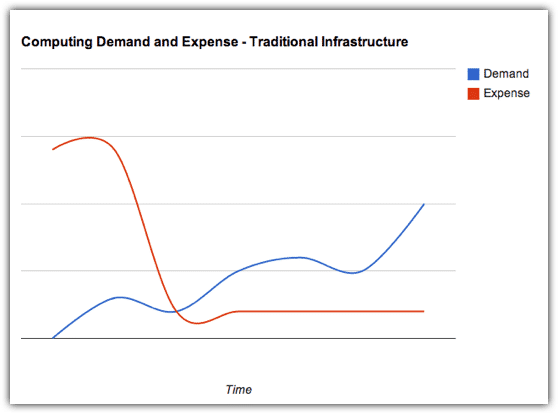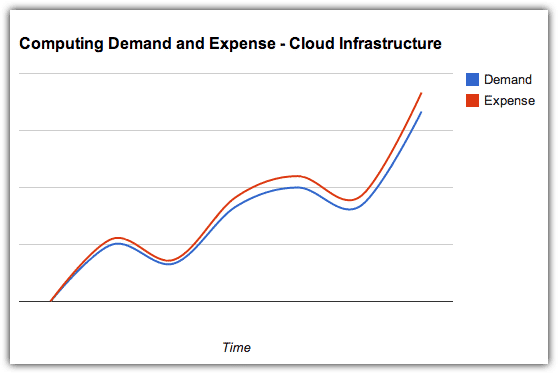Businesses depend on IT to effectively manage business processes and to provide products and services to clients. As IT technologies advance, it is crucial that businesses update their hardware to remain competitive. But businesses should do more than simply upgrade their servers and should really strive to effect IT transformation.
What is IT Transformation?
IT transformation is the ongoing process of changing the way that a company uses IT to better align it with current business goals. Through the IT transformation process, businesses try to determine whether they are meeting mission-critical benchmarks through the incorporation of new IT technologies for corporate transformation.
For example, if one of the current business concerns is whether the company can improve customer service, the IT system will need to evolve in such a way that improves customer service in a measurable way.
Successfully Aligning the Technology to Business Goals
In order to successfully align the IT system with business goals, it is important to understand the newly integrated technologies to understand how they can change business processes. If a new feature is intended to make the server more secure, the management should know exactly how the feature will improve the security of the server and whether the new implementation is redundant.
Once the business objectives have been identified, IT transformation is carried out by changing both the software and hardware used by the company. An example would be the growing trend of server migration to the cloud. Cloud computing is the growing trend of making files and data accessible from anywhere. If an organisation believes that it can improve productivity through a server cloud migration, it will need a way to test this.
The IT Transformation Process
Given that IT transformation is directly related to the core business, the IT transformation process must begin by identifying which aspects of the company must be changed. Then, the company must determine?IT services that could potentially be integrated into the business in a way that will help the company achieve benchmarks. After the key decision-makers understand the IT network well enough to effectively implement it, the company must efficiently manage the transformation process. Then, after the IT has been integrated, the company must have a system in place to measure business transformation in a numerical way.
For example, when assessing customer satisfaction, one effective strategy would be to distribute customer satisfaction surveys that ask customers to rate their experiences on a scale of one to ten. The company can then measure the results of the customer satisfaction survey to determine whether the new IT implementations are accomplishing their intended goals.
If the expected benchmarks are not being met, the next step in the IT transformation process is to determine if there is a specific reason for that. Is there a way that the feature can be better integrated to achieve desired business objectives? Are there other features that can help the company better achieve its goals?
Upgrading a network can be an expensive process and it is important to identify early on which options are the most likely to benefit the company’s bottom line.



